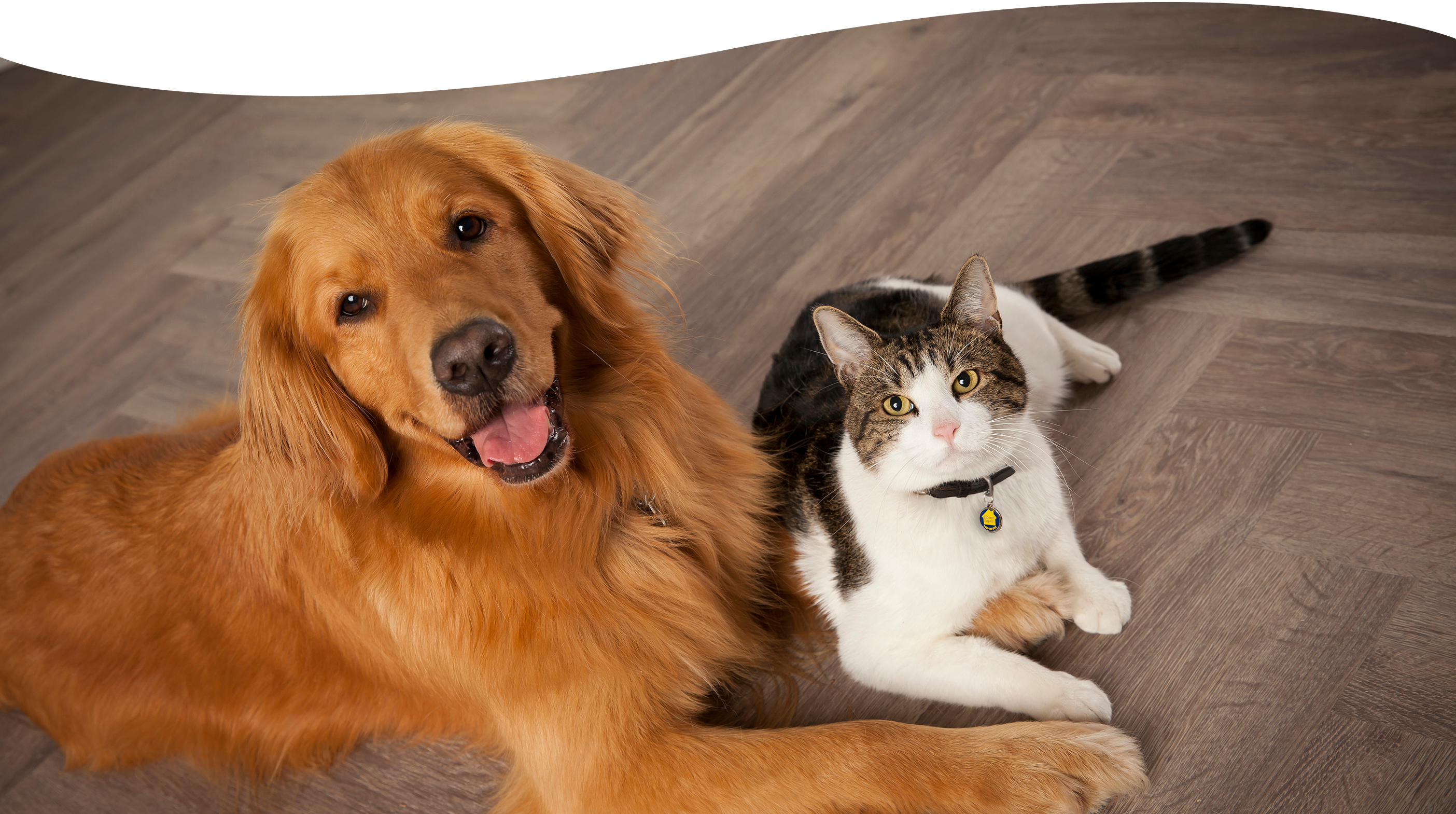

Diabetes in Cats
Emergencies & Cats
With Diabetes
Handling a Diabetes Emergency
Understanding ahead of time what to do if an emergency occurs can help save your cat. This includes talking to your veterinarian for more information tailored to your cat’s care.
Reasons for Low Blood Sugar (Hypoglycemia)
The most common side effect experienced with Vetsulin® (porcine insulin zinc suspension) therapy, or other insulin preparations, is low blood sugar, called hypoglycemia. If not treated, hypoglycemia can be fatal to your cat.
By knowing the causes of hypoglycemia, you can help avoid occurrences. Hypoglycemia can be caused by:
- Giving too much insulin
- Missing or delaying food
- Change in diet or amount fed
- Infection or illness
- Decreased appetite or vomiting
- Change in the body’s need for insulin
- Adrenal, pituitary, or thyroid gland diseases, or progression of liver or kidney disease
- Interaction with other medications
- Increase in activity
- Remission of diabetes
A cat with diabetes may experience hypoglycemia without showing any obvious signs. It is important that pet owners be particularly observant of their cat’s behavior.
If Low Blood Sugar Occurs
These side effects can happen suddenly, and require immediate care:
- Weakness
- Depression
- Behavioral changes
- Muscle twitching
- Anxiety
- Seizures
- Coma
If your cat is conscious:
- Administer the treatment recommended by your veterinarian. If unknown, rub a small amount of corn syrup on your cat’s gums. (Pouring it risks it getting in the lungs.)
- Corn syrup is absorbed very quickly (1–2 minutes), and your cat should be responsive
- After your cat can swallow, feed a small amount of food
- Contact your veterinarian immediately for further instructions
- Your pet may need to be hospitalized for treatment
If your cat is unconscious:
Contact your veterinarian immediately, this is a medical emergency! If your veterinarian is unavailable contact your local emergency clinic.
Keeping Blood Sugar Stable
Managing care with consistency helps prevent low blood sugar emergencies.
- Keep diet consistent and appropriate
- Feed at the same times each day
- Treats and changes should be avoided unless recommended by your veterinarian
- Your veterinarian will advise on diet based on your cat’s response to insulin treatment
- Exercise and level of play should not change without consulting your veterinarian
- Develop a schedule with your veterinarian for regular evaluations

Other Side Effects
Be aware of signs associated with loss of effectiveness of insulin, or allergic reactions. Contact your veterinarian immediately if your pet shows signs of the following:
- Excessive water consumption for more than 3 days
- Excess urination, including urination that is abnormal for your pet (nighttime for example) or inappropriate (like urinating in the house)
- Reduced or complete loss of appetite
- Weakness or seizures
- Behavioral change or depression
- Muscle twitching or anxiety
- Constipation, vomiting or diarrhea
- Signs of a bladder infection (small, frequent urinations, straining, blood in the urine)
- Swelling of the head, neck, or insulin injection sites
- Ketones in the urine
- Change in gait, involving walking on the hocks (ankles)
Tracking Results

If you feel your cat is at risk for developing diabetes, consider having your pet tested during a regular veterinary examination at least once a year.
Tracking Tools & Resources
- Pet Diabetes Tracker app
Review and keep important information to manage care. - Blood Glucose Curve Tool
Easily record blood glucose readings to generate a blood glucose curve. - Helpful Downloads
Additional resources to understand and manage canine diabetes.
Further Reading


Talk to Your Vet Today
Find a veterinarian to learn more about pet diabetes, and how cats and dogs can lead a happy, healthy life with proper management.
IMPORTANT SAFETY INFORMATION:
VETSULIN® and VETPEN® are for use in animals only. Dogs and cats known to have an allergy to pork or pork products should not be treated with VETSULIN®. VETSULIN® is contraindicated during periods of hypoglycemia. Animals with severe ketoacidosis, anorexia, lethargy, and/or vomiting should be stabilized with short-acting insulin and appropriate supportive therapy before use. As with all insulin products, careful patient monitoring for hypoglycemia and hyperglycemia is essential. Overdosage can result in profound hypoglycemia and death. Progestogen and glucocorticoid use should be avoided. The safety and effectiveness of VETSULIN® in puppies, kittens, breeding, pregnant, and lactating dogs and cats has not been evaluated. Keep out of reach of children. Avoid contact with eyes. In case of contact, immediately flush eyes with copious amounts of water for at least 15 minutes. Accidental injection may cause clinical hypoglycemia. In case of accidental injection, seek medical attention immediately. Exposure to the product may induce a local or systemic allergic reaction in sensitized individuals. For complete safety information, refer to the product label.




